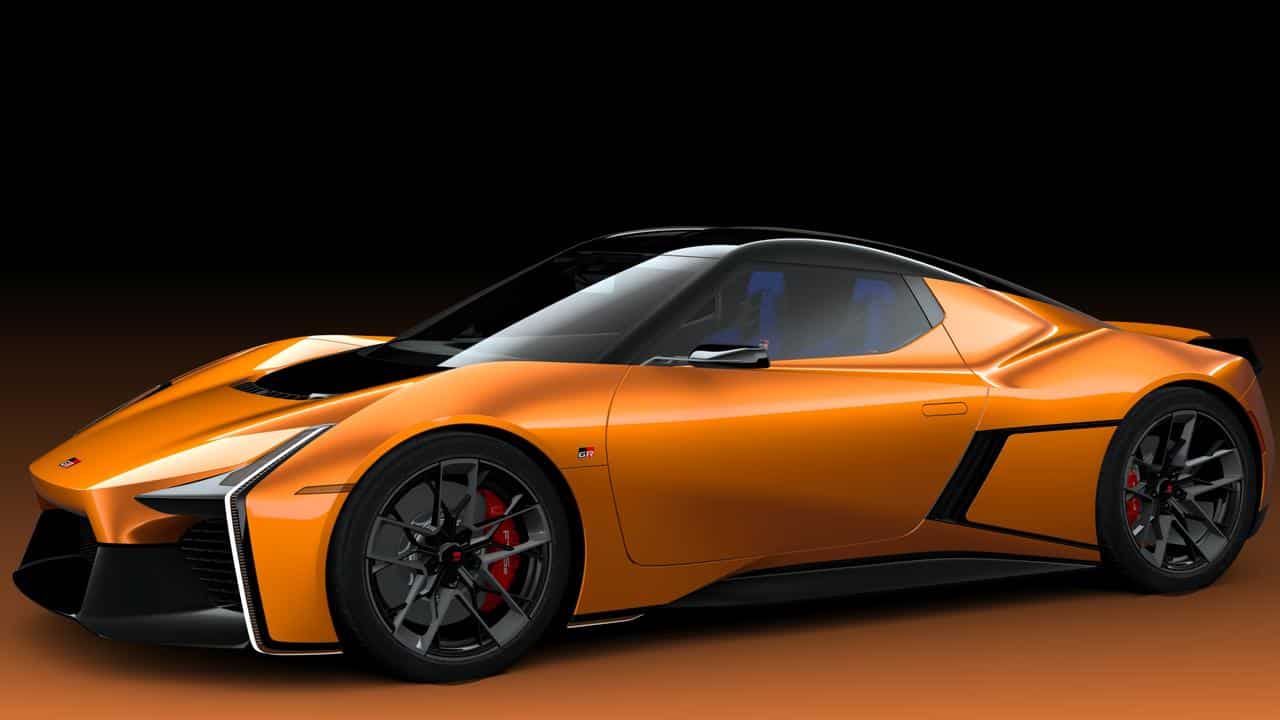
Calling the apex of anything necessitates the benefit of hindsight. Which has led to the widespread belief that the Japanese auto industry achieved its zenith in the late 1980s, an era exemplified by the number of sports cars debuting at the twice-yearly Tokyo auto show. The original Acura NSX, Mitsubishi GTO, Subaru SVX, second-generation Toyota MR2, and the endearing Suzuki Cappuccino kei-roadster were among the sports car debutants at the 1989 show, which was held for the first time at the expansive Makuhari Messe convention center in Chiba. (The Mazda Miata, which made its debut in Japan, had previously been displayed in Chicago.)
The renamed 2023 Japan Mobility Show has surpassed the benchmark set by its predecessor in 1989. This is one of the most sports-car-heavy auto shows in history, with Japanese manufacturers presumably competing to present their own (mostly electric) visions of the future of performance. Not everything will enter production, and of those that do, not all will reach the United States. But we will never complain if there are more sports vehicles in the world.
Previous iterations of the Daihatsu Copen were constructed in accordance with Japan’s kei-car regulations, which restricted both size and performance. However, with a turbocharged 1.3-liter engine and dimensions comparable to the Mazda Miata, the Vision Copen concept advances to (slightly) larger categories. It may be a stretch to call it a sports car, but it surely has a cute appearance. Sadly, there is no possibility of a production model reaching the United States.
Honda brought back the Prelude coupe no less than 22 years after the last version of the original vehicle, which spanned five generations, was discontinued. Unusually for the show, the Prelude concept is “electrified” rather than fully electric, with Honda confirming that the prototype’s powertrain is a hybrid. However, it appears to be both intelligent and utterly production-ready to our eyes. Let us hope.
Mazda has been teasing us with rotary-engined concepts longer than it has been producing rotary-engined vehicles; the RX-8 has been out of production for a decade. The Iconic SP demonstrates that the concept is not defunct by combining a twin-rotor engine that acts as a generator with an electric drivetrain. (Essentially a scaled-up version of the system offered in the MX-30 R-EV already on sale in certain regions of the globe.) Despite its similar appearance to the Miata, the Iconic SP is 10 inches longer, according to Mazda. Would it not make more sense to reintroduce it with RX-7 branding?
The Hyper Force appears to be affirmation that the Nissan GT-R will outlive the combustion era, as it resembles an R35 GT-R that was drawn by an angry child. Despite the change in powertrain, the numbers are reassuringly Godzilla-like, with Nissan claiming that the Hyper Force is capable of producing up to 1,341 horsepower and that, in concept form, it is equipped with a solid-state battery.
This year’s Sport Mobility Concept harkens back to the famous Tokyo auto show of 1989, where the Subaru SVX made its debut. It is another aggressively styled coupe, albeit with a ride height that implies off-road capabilities. Subaru claims the concept’s powertrain is electric and that it can “control all four wheels at will,” indicating quad motors and the ability to traverse rugged terrain. Despite the fact that the concept appears to be only marginally more feasible than the flying car Subaru displayed behind it in Tokyo, we surely hope it will be manufactured.
Although production is unconfirmed, we are confident that the elegant Toyota FT-Se is a preview of the electric successor to the lightweight MR2 sports car. The FT-Se’s low, sleek lines emphasize the packaging advantages of Toyota’s upcoming ultra-compact battery cells, and despite the lack of powertrain information, it appears to be both rear-drive and enjoyable. Toyota is also developing a virtual manual transmission for its high-performance EVs; could this be its debut?
Finally, an entirely unique vehicle: the Yamaha Tricera. The three-wheeler demonstrates that attempts to bridge the gap between automobiles and motorcycles will continue into the electrified era, with Yamaha claiming that its steerable rear wheel “sharpens turn-in response.” Which sounds both fascinating and frightening.
Leave a Reply